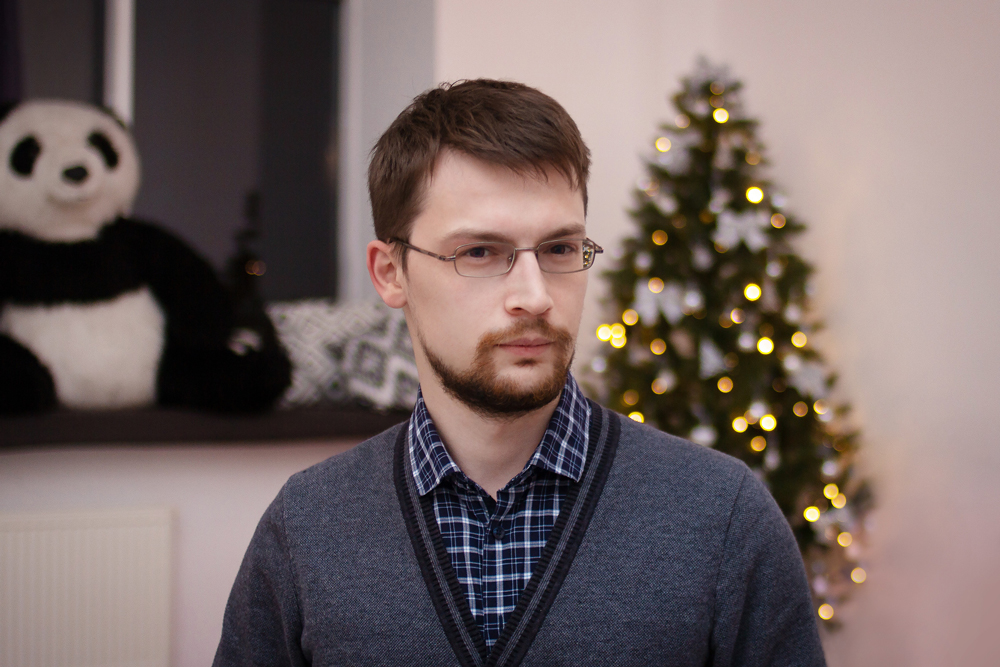We continue to summarize the results of 2019 together with the heads of gaming companies and market experts. Next up is an interview with Ivan Koziev, director of analytics at Crazy Panda studio.

How was 2019 for the company?
2019 was an interesting and productive year for our company. We focused on speeding up processes within the company and in our products. In order not to lose in quality, we have seriously expanded the teams working on individual projects. Thanks to this focus, several major milestones were overcome. During the year, we automated a whole mountain of everything: from A/B tests to traffic purchases (partially, of course).
Our products didn’t lag behind either. World Poker Club celebrated its ninth anniversary with new records, and the Stellar Age team released the largest and most time-consuming update in the history of the project. He was very warmly welcomed by the players.
Separately, I would like to mention the experience of speaking at conferences that is new to us. In my opinion, the performances were successful and it’s very cool that there is something to share with the community. I would also like to note that during this year our employees have made a large number of commits to open source projects, posted several of our developments to free access, and our lead developer has been featured in the release notes of a new version of one of the main programming languages.
What events in the regional and global gaming industry do you consider central in the past year?
In the regional gaming industry, I would like to note the growth of Playrix. The company has not just smoothly increased its turnover, but in less than a month it has tripled in the number of installations. The somewhat different nature of the explosive growth also makes Nexters stand out with their Hero Wars (“Chronicles of Chaos” in the Russian-language store). The game appeared in stores as much as three years ago, but has grown many times over the past year. This example shows that you can become a hit if you work hard on your product after the release.
In my opinion, the release of Google Stadia was a turning point in the global gaming industry. I will not undertake to say whether it happened for good or for worse, but if the platform suffers a financial setback, then cloud gaming will be put aside for a long time. At the same time, the success of the platform will lead to the rapid spread of cloud technologies in the gaming industry. In any case, we will closely monitor the fate of this gaming platform.
What are the main trends in the market today?
New trends have appeared on the mobile market, which, at first glance, exploit everything around. First of all, this is a trend of mislead creatives. It’s about advertising material that shows distorted gameplay or content unrelated to the game. I am sure that one part of the audience sincerely considers such creatives garbage, another — laughs at these same creatives, the third — does not even notice them. But let’s be objective: it was thanks to the mislead creatives that the companies from the previous paragraph managed to grow significantly in a short time.
Whether we like it or not, creatives of this kind allow us to reach more people for less money. Not the progress I expected, but the growth of companies actively using this approach speaks for itself.
The second trend that I would like to note was the general testing of concepts at the earliest stage of development. A huge number of games enter the market literally every day, and only a few manage to reach the top of the charts. Now it is important to do not only qualitatively, but also quickly. Instead of two games a year — ten. As soon as the creation of concepts is put on stream, the question arises about their verification. It is this task that marketing testing of concepts is trying to solve.
These two trends, in my opinion, have greatly changed the industry. The second trend allows you to build on the tastes of the audience and take less risks when developing. Well, the first one demonstrates how complex and complex the promotion of games is (however, as well as the games themselves).
Which third-party game releases turned out to be the most important this year? Plus, which games did you spend the most time on in 2019 as a gamer?
First of all, it is worth noting the variations on the theme of Auto Chess. This is a big trend that grew out of a modification made by members of the Dota 2 community. It’s funny that exclusively autobattlers implemented within the framework of large franchises have gained a foothold in the niche. Small games of this genre have not become mass. Perhaps it’s a matter of a biased assessment: a lot of people already play in large franchises, therefore it’s easier to draw attention to a new branch in them.
I will also note RAID: Shadow Legends. This is an extremely successful and rich in visual and depth battler. There haven’t been many similar high-quality games released in the West lately, but RAID proves that the genre is quite alive.
I have devoted a lot of time to both RAID and Auto Chess variations this year. RAID interested me more from a professional point of view. After all, this is one of the most successful battlers on the market, according to AppMagic (formerly DataMagic). On PC, I divided my time between Auto Chess (mostly Teamfight Tactics) and Path of Exile. The latter has long and firmly settled on my home computer. I’m looking forward to every new league. Especially considering how much and how much the game changes over time. I think this is just a role model in terms of product support and working with the community.
